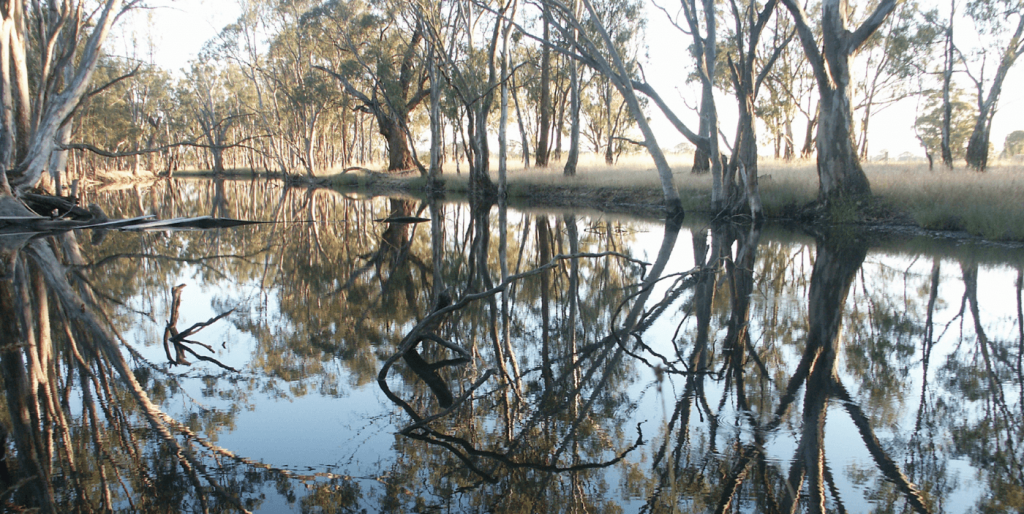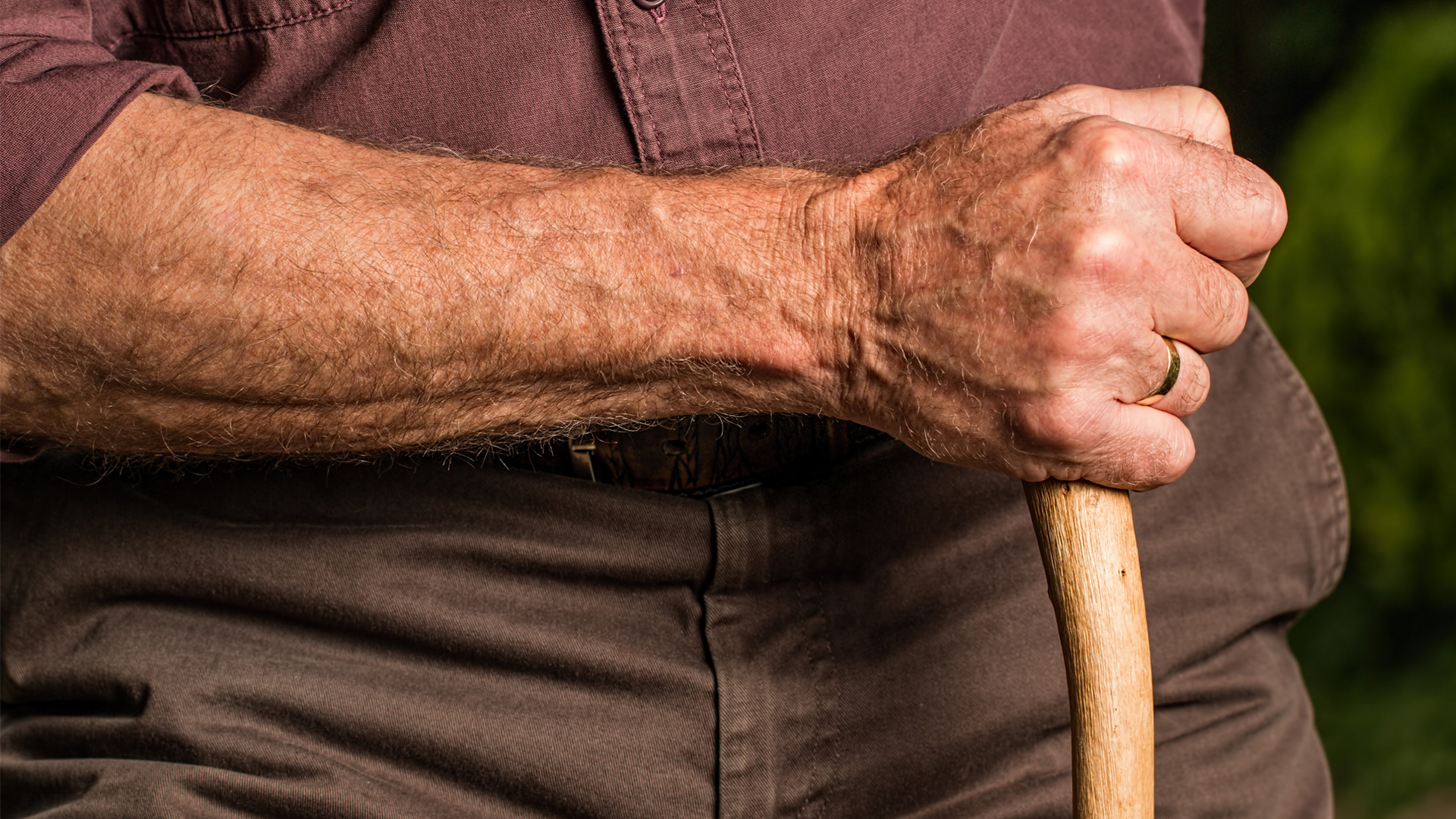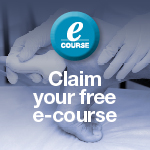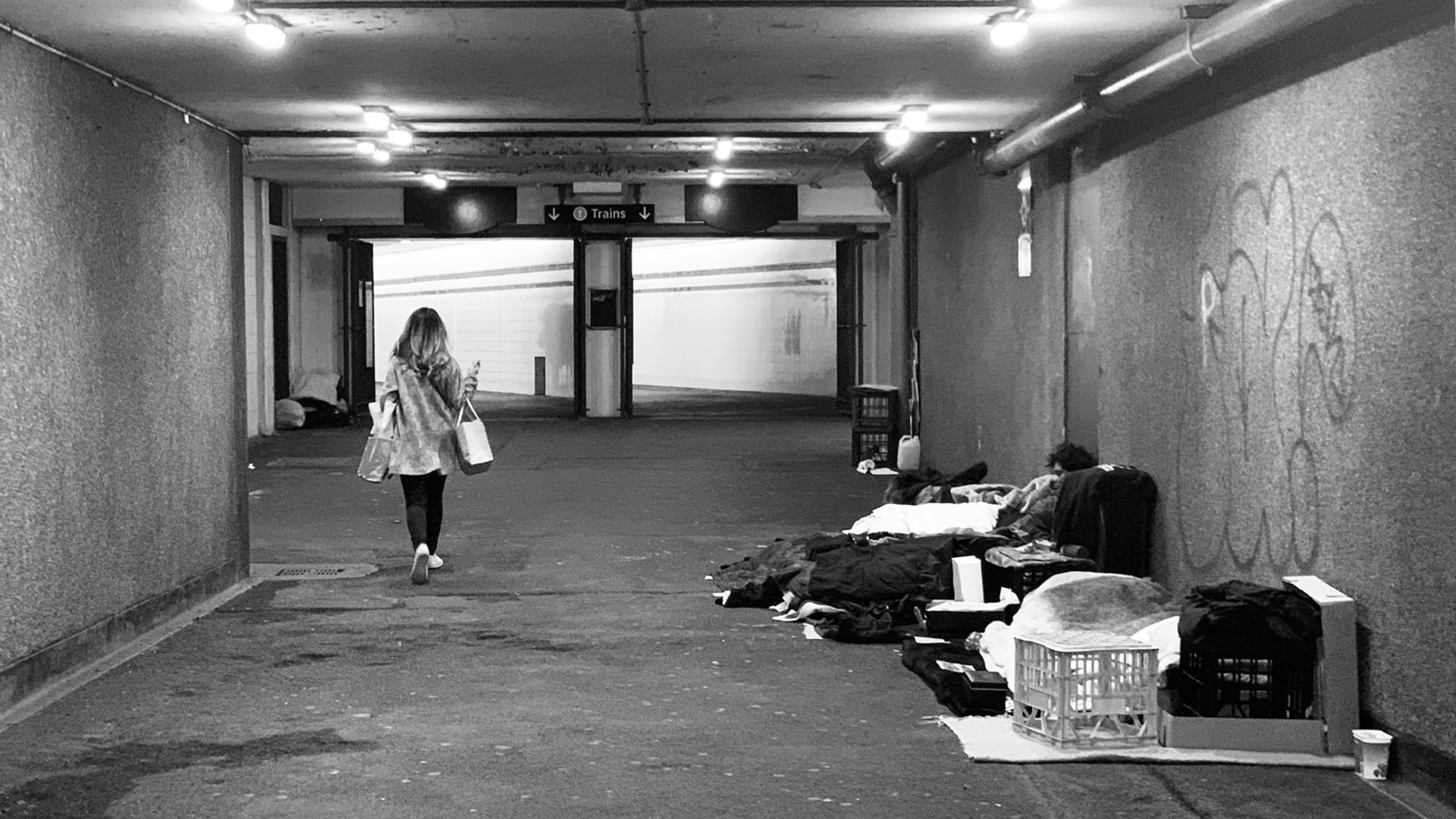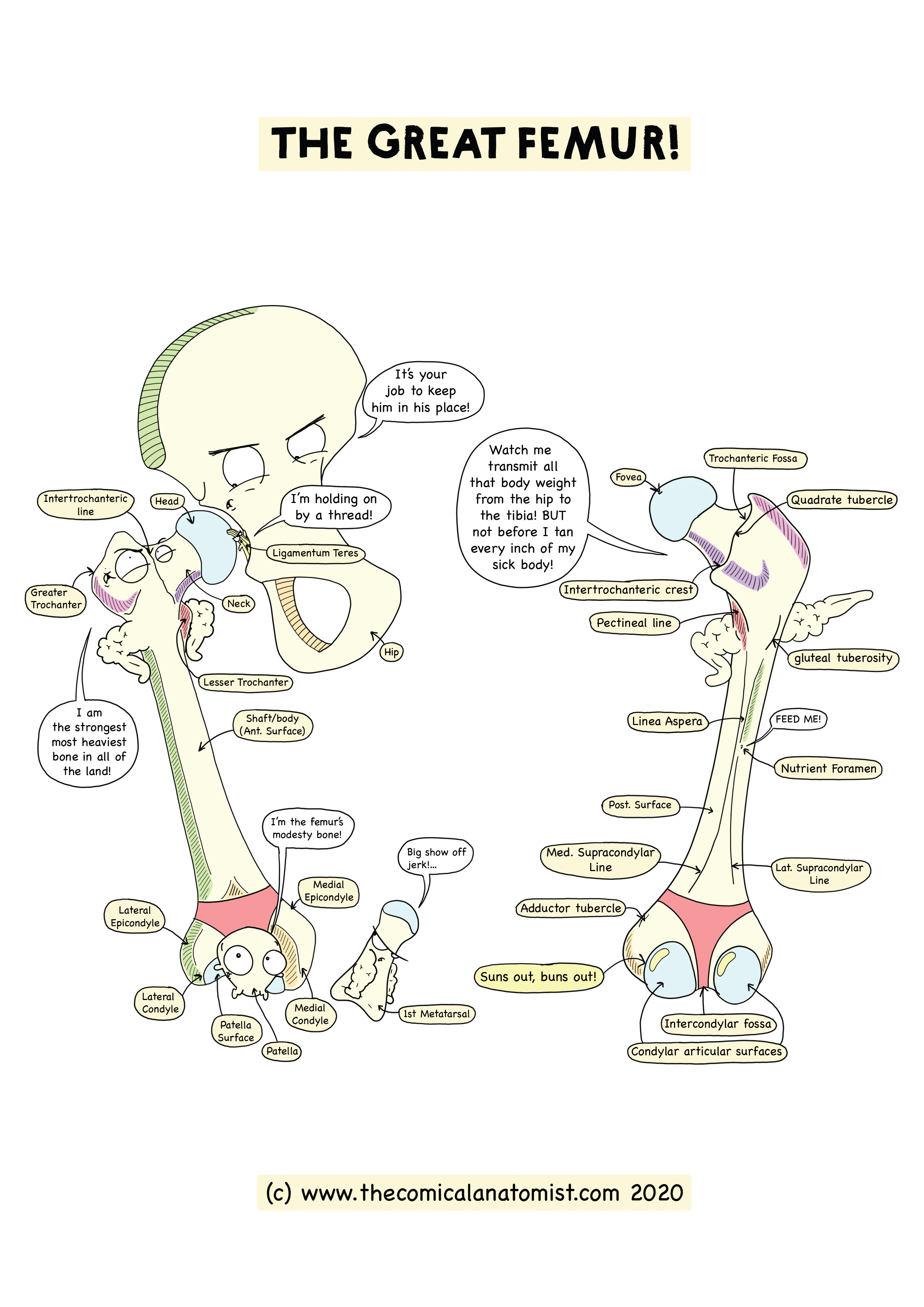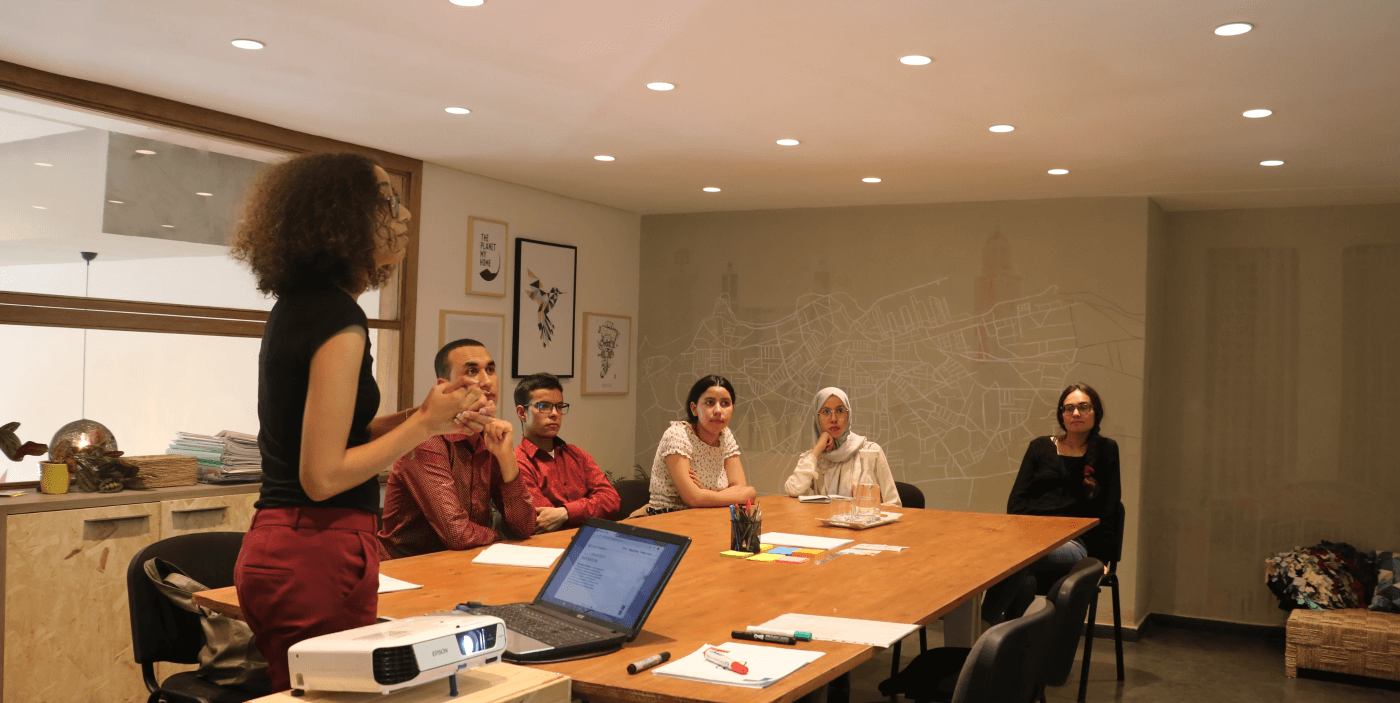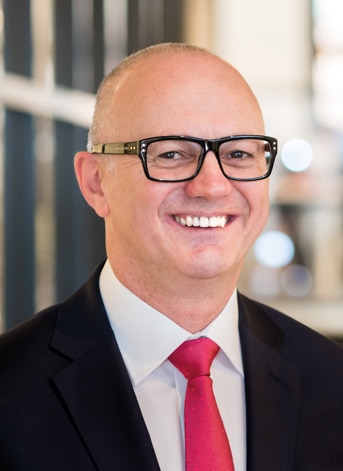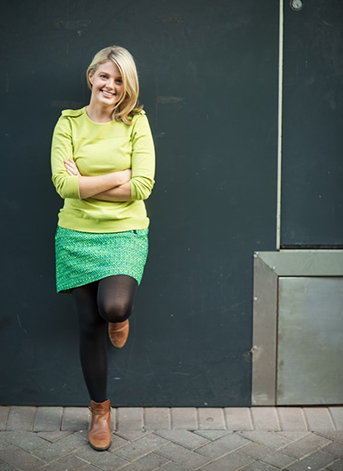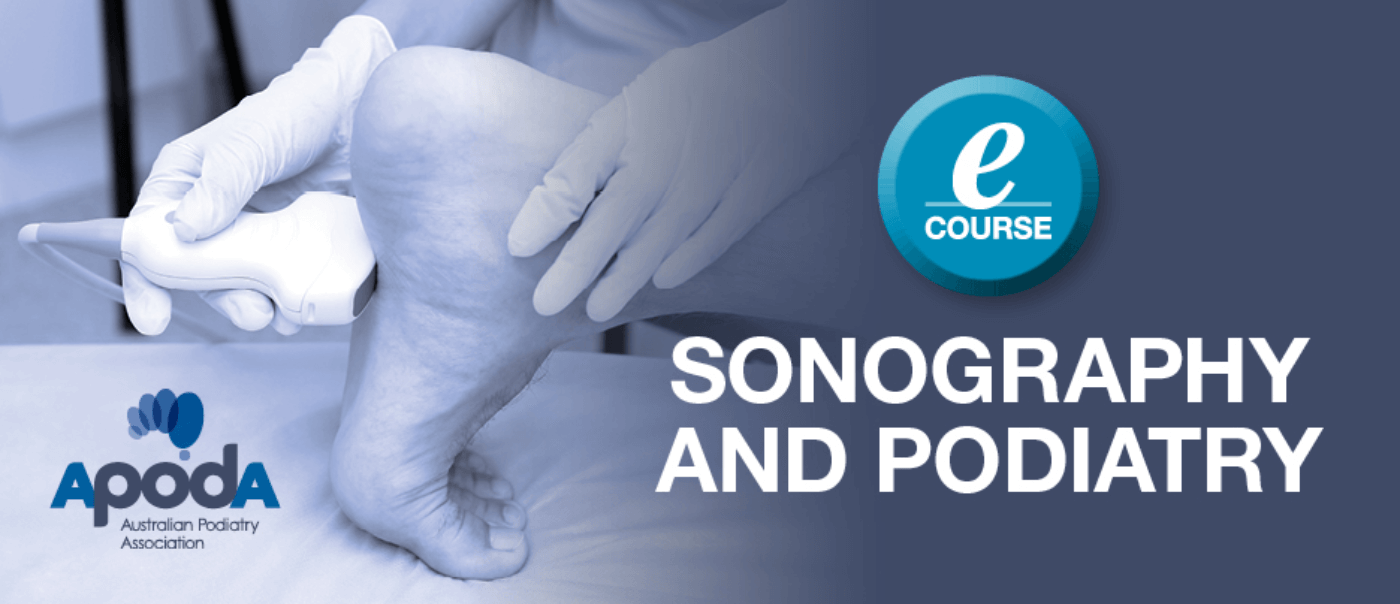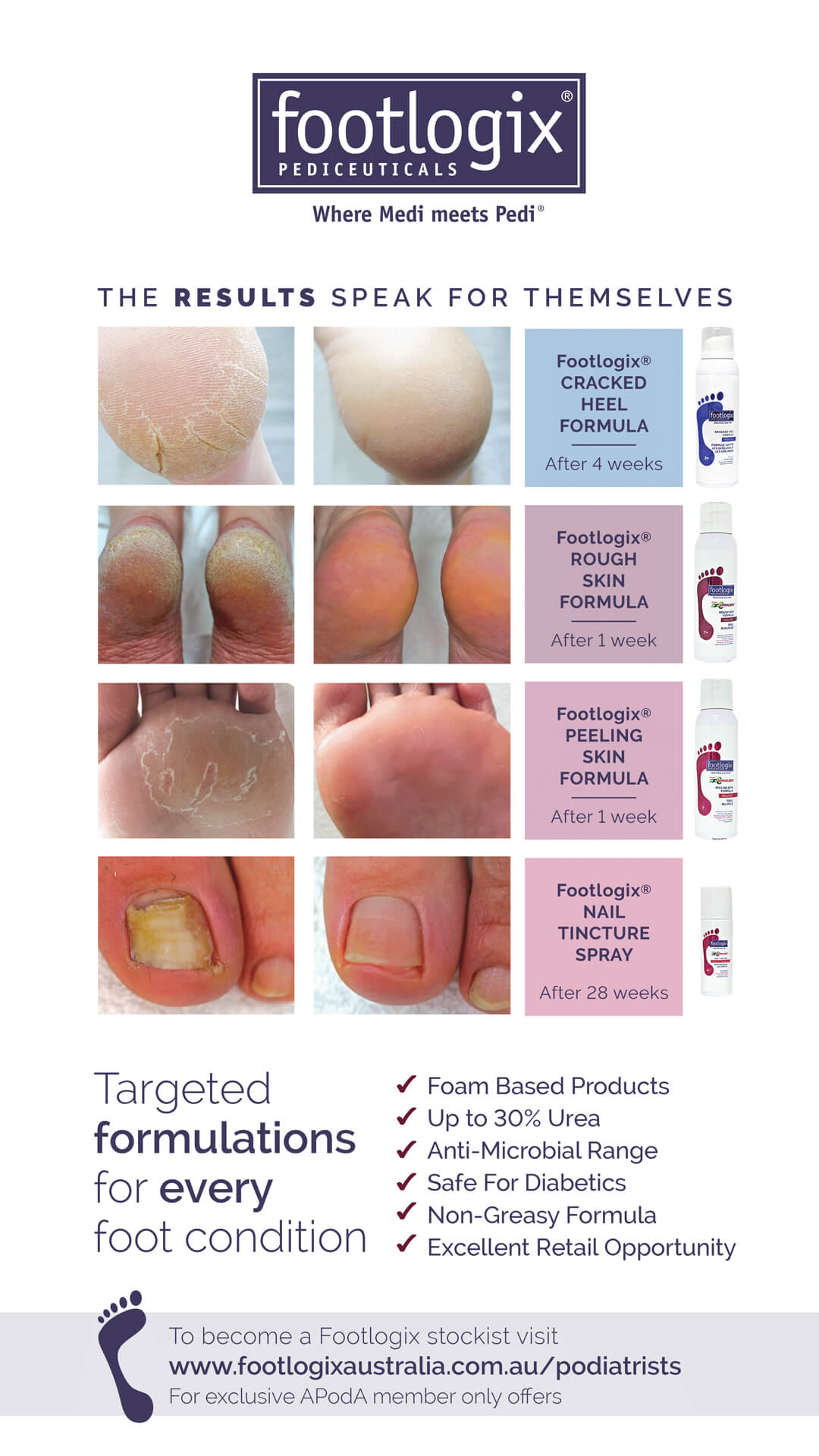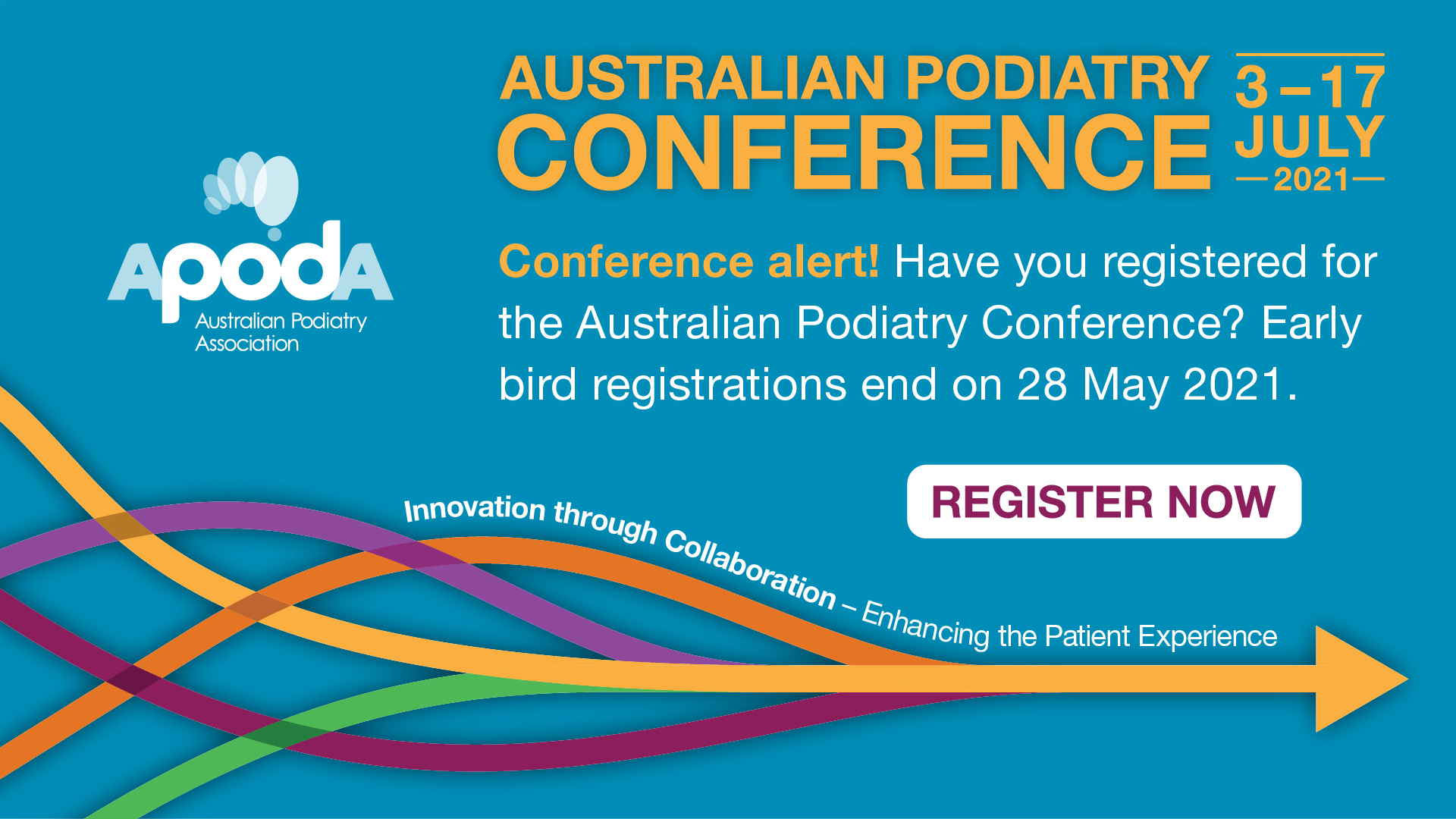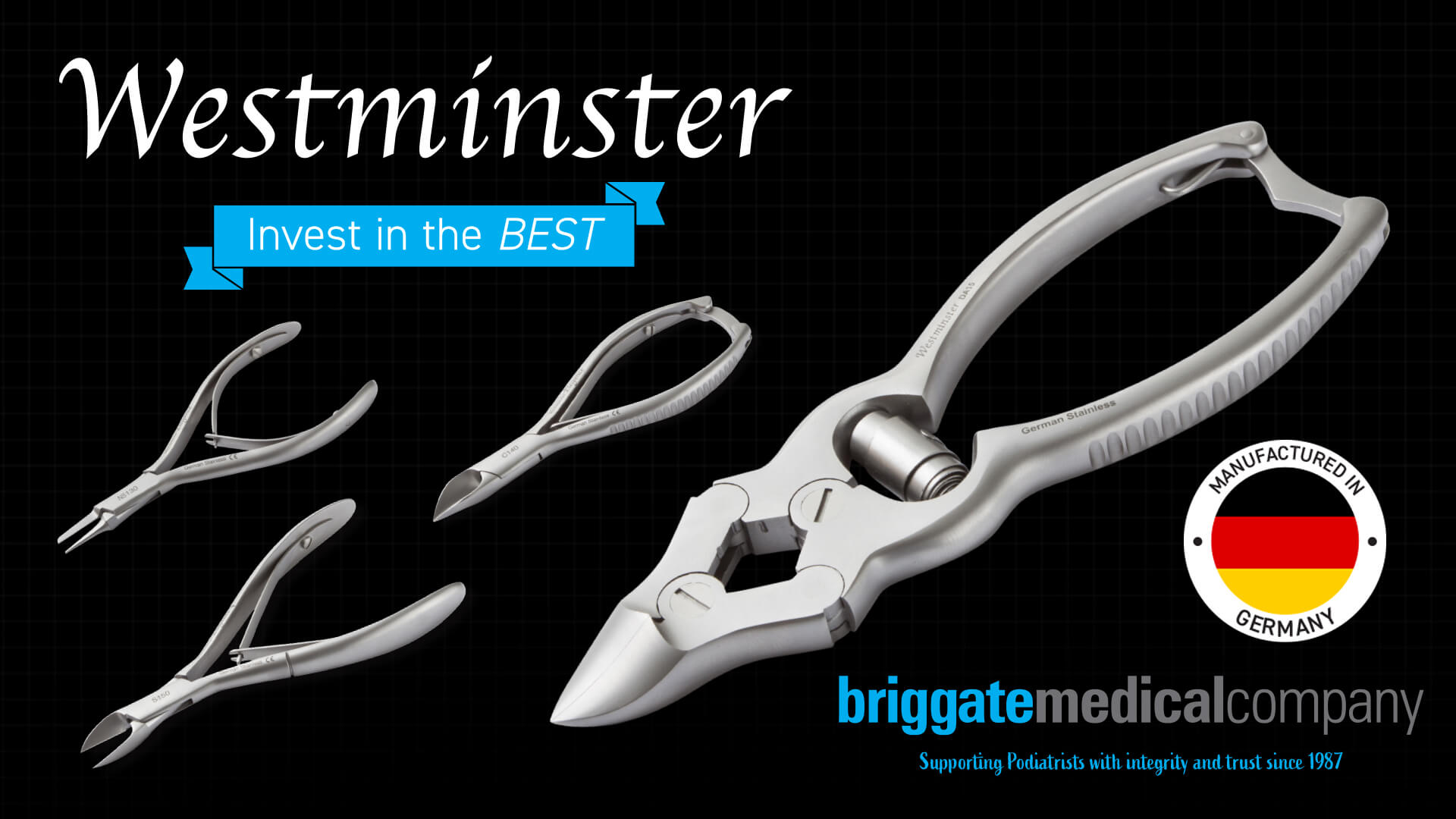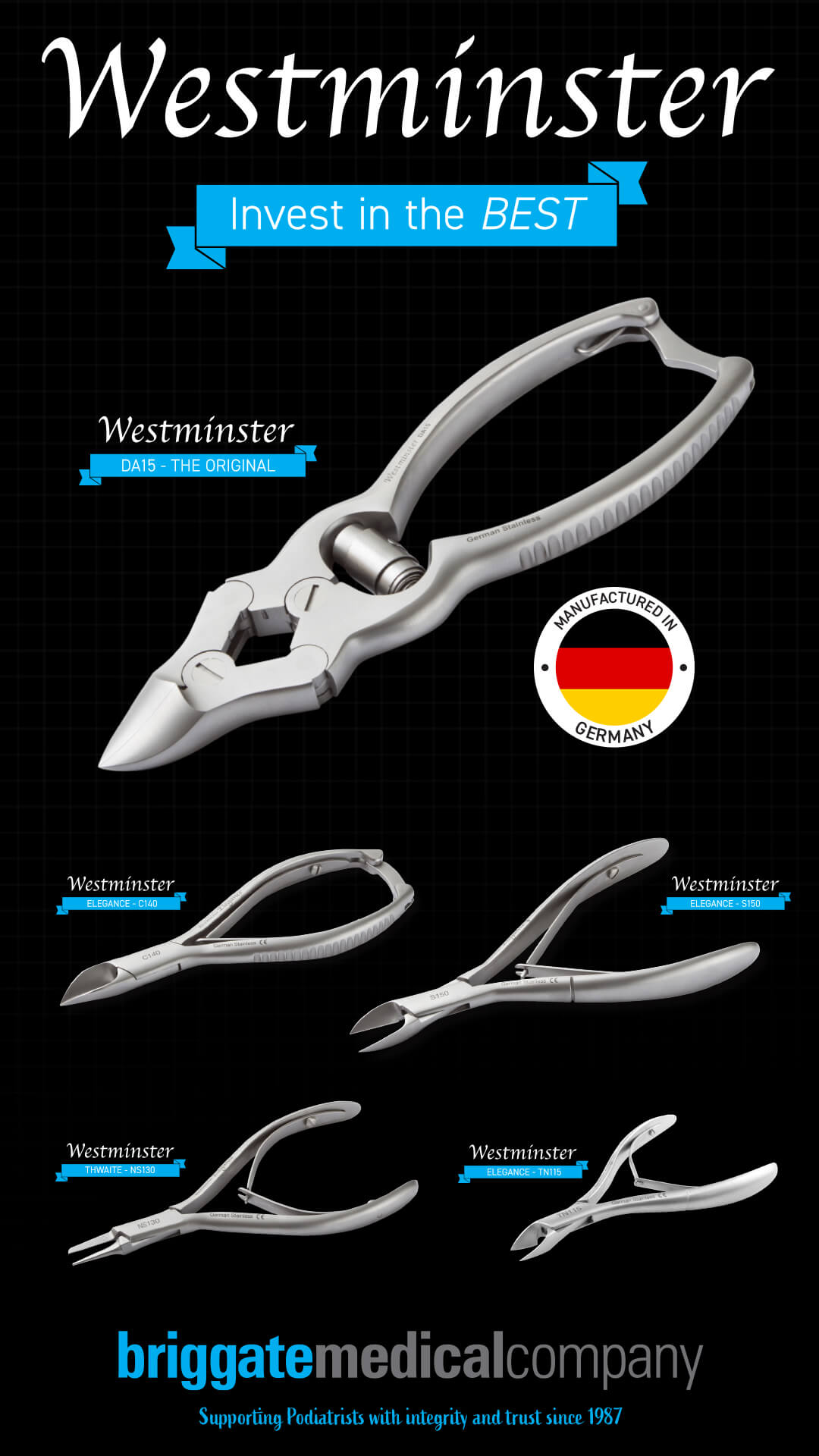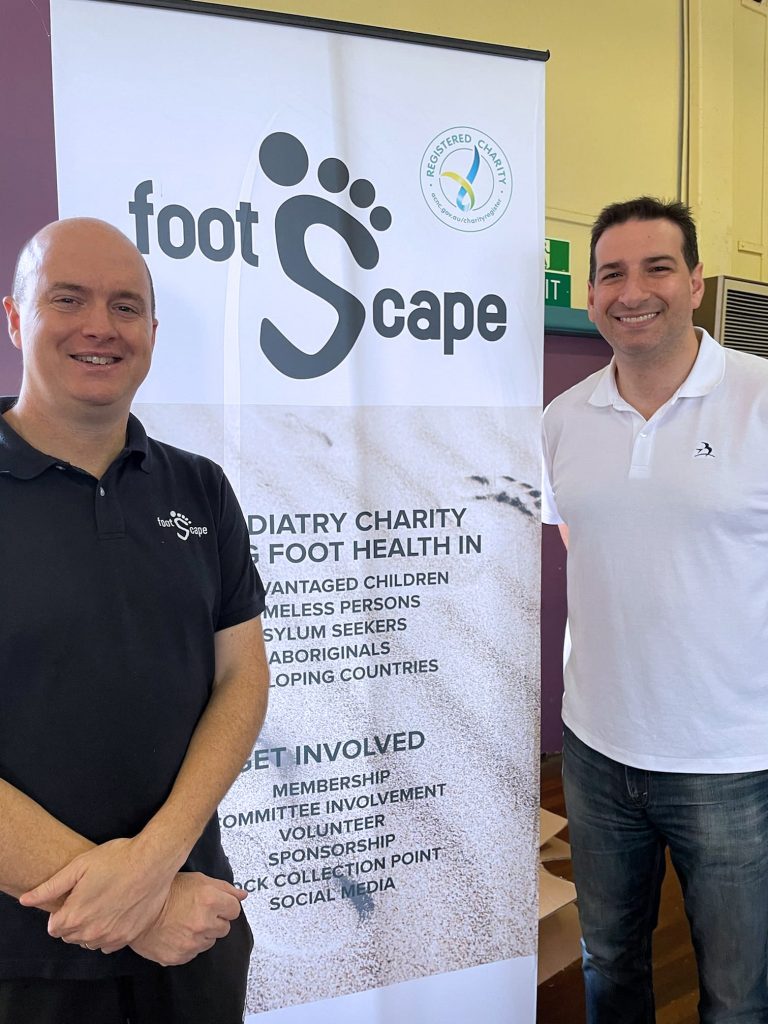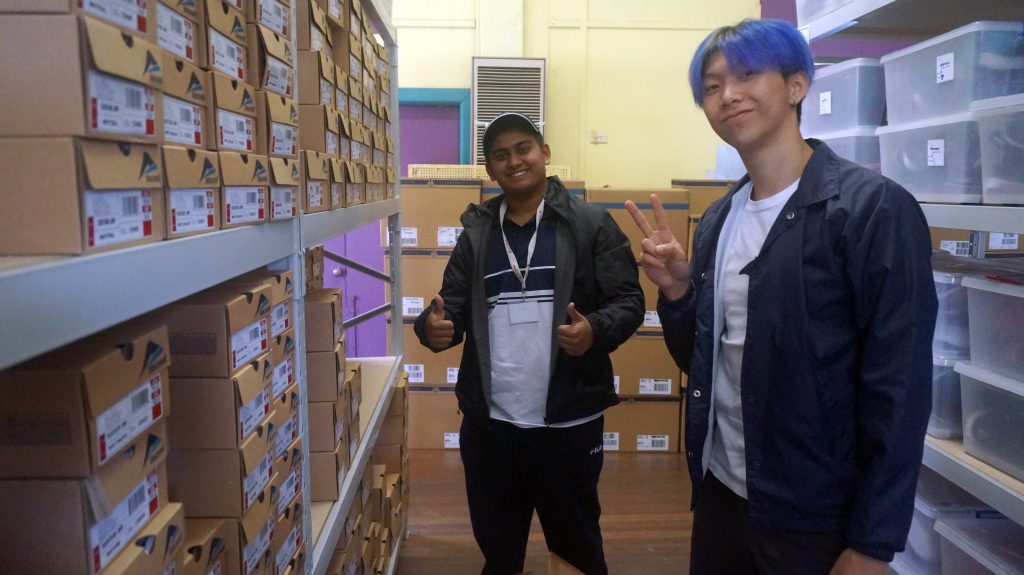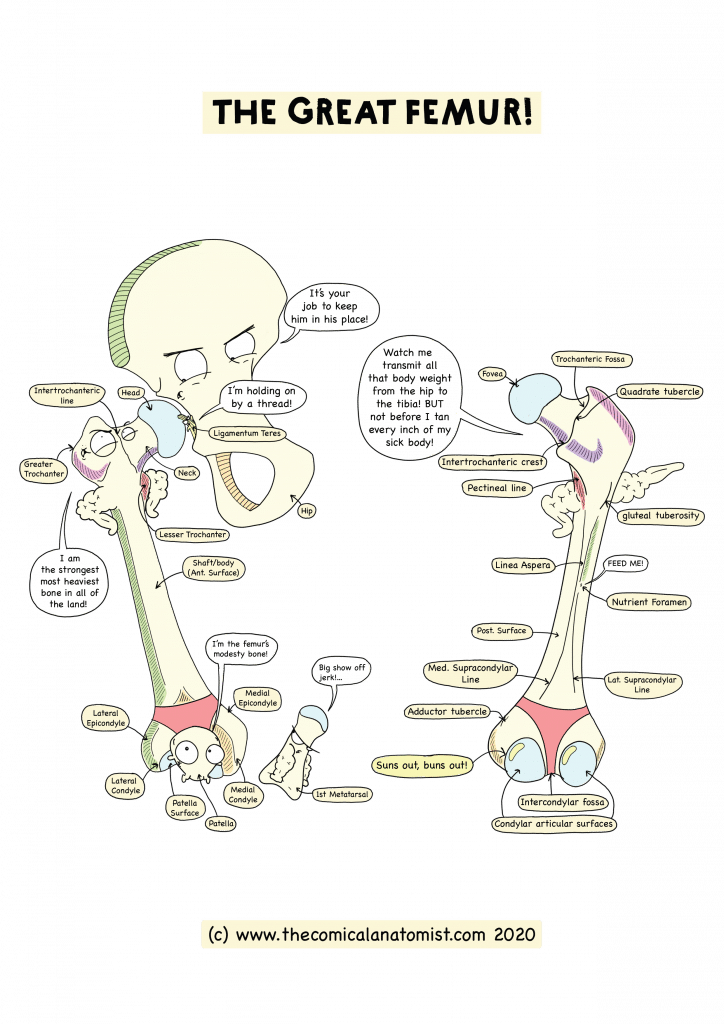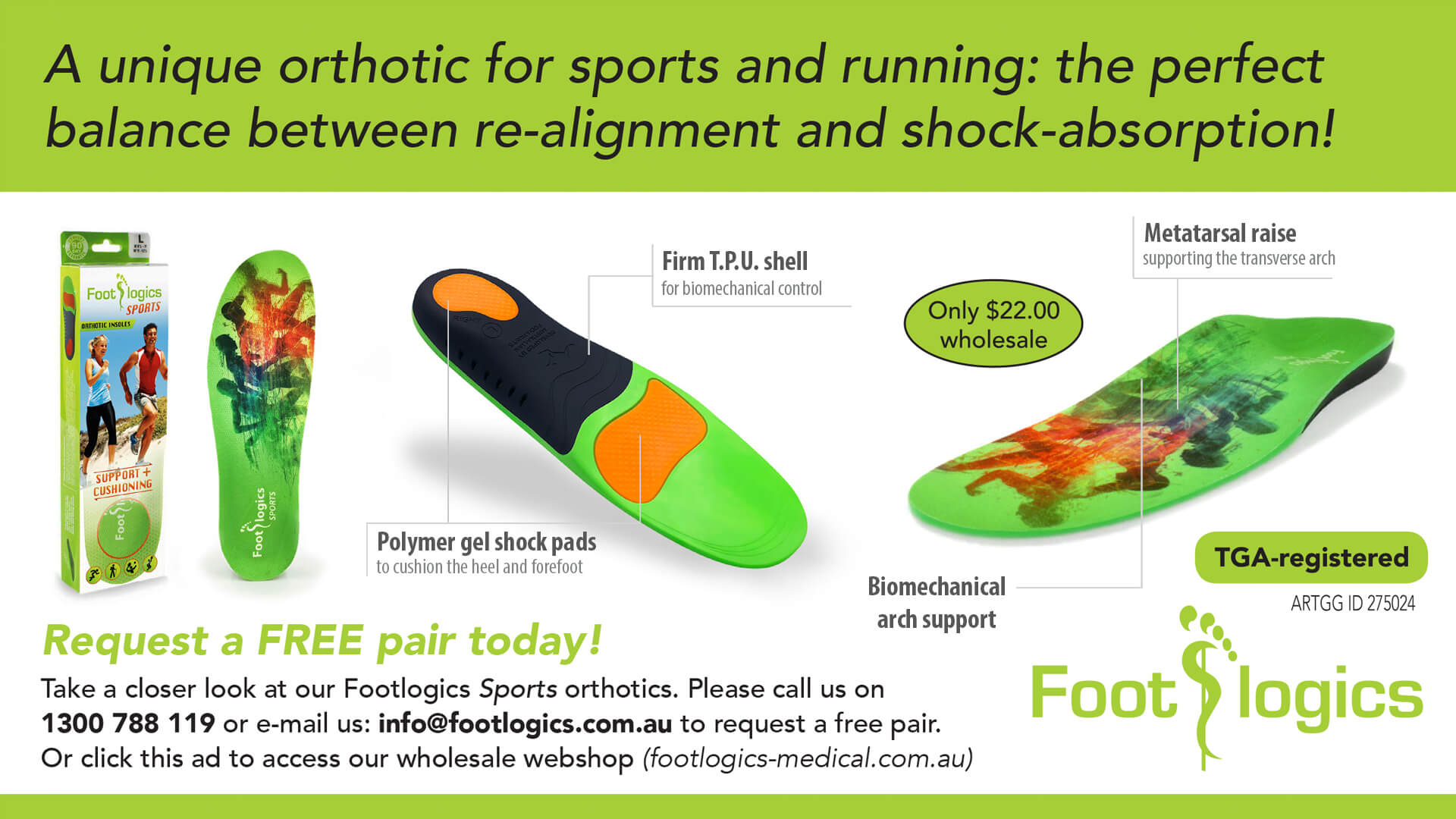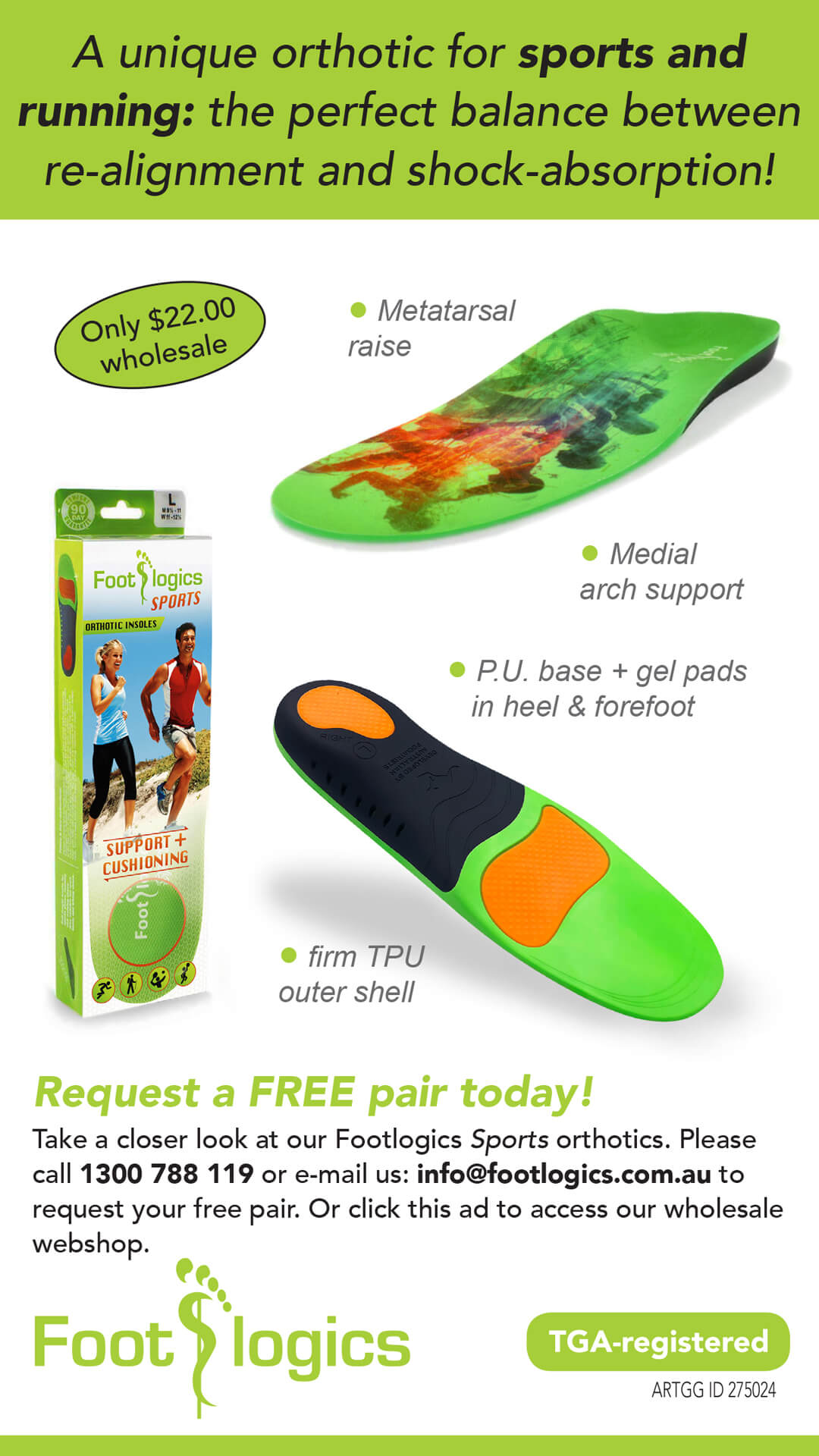This year’s membership campaign theme is: ‘What’s your why?’
We want to know what makes you tick as a podiatrist, and as an individual. Then we can get busy creating the ‘how’ to support your ‘why’. With our membership campaign now off and running, we made this video to share a bit more about some of our team members behind the scenes.
Happy viewing! And don’t forget to check out our membership campaign in full here.
- 80 Words
- 1 minutes reading time
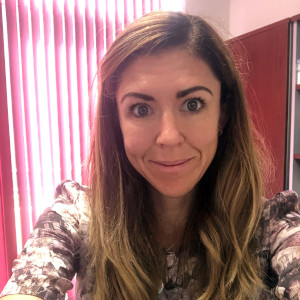
By Jo Nevin
NSW/ACT State Manager and National Marketing Manager
Have you heard of the APP?
- 460 Words
- 4 minutes reading time
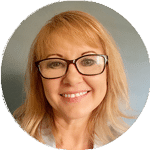
By Natalie Policki
National Membership Manager
Take a look at the Australian Paediatric Podiatry (APP) special interest group; when did it begin, who can join, what is the focus, and more!
Have you heard of the Australian Paediatric Podiatry (APP) special interest group?
How did this group begin?
The APP began because members asked for it! Momentum has quickly grown from those early discussions and it was launched on 1 May this year.
Who can join?
Available only to members of the Australian Podiatry Association (APodA), APP membership is open to podiatrists with an interest in children’s health including diagnosis, treatment options, management and health education for children from birth to 18 years.
What is the focus?
Opportunities exist to share ideas, discuss current evidence and learn collaboratively. This community shares a key interest in paediatrics; aiming to help podiatrists to excel through:
- Ongoing education
- Mentoring
- Knowledge sharing.
What does it cost?
In this inaugural year, APodA members who join the APP group at the time of their APodA membership renewal period (between 1 May to 31 July this year) can become ‘foundation members’ and the annual fee will be waived as a one-off, but only if you join before 31 July 2021.
An annual APP membership will cost $55 from 1 August 2021.
When are meetings?
The APP’s first meeting is coming up on 20 July this year.
What will be discussed?
We plan to cover a range of issues in upcoming meetings, including:
- Lobbying for child health nurses to screen and refer for foot deformities to podiatrists
- Provision of foot health education to early childhood educators (and where to refer if concerned)
- Creating position statements on the importance of podiatrists being members of child health teams
- Creating a position statement on the importance of podiatrists in young adult diabetes services
- Educating podiatrists from external bodies, starting with the ‘paeds development tool’
- Exploring media opportunities to provide timely and evidence-based messaging
- Collaborating with our international peers around paediatric foot health
- Discussing APP member benefits.
What are the APP member benefits?
- Access to the online community forum, being APodA’s closed paediatrics Facebook group
- Reduced and/or complimentary member fees to the APodA’s paediatric CPD events
- Marketing resources to promote a professional profile as an APP member
- Opportunity to be involved in the APP committee and national conference committee
- Opportunity to present on the topic of children’s health as a CPD presenter
- Opportunity to influence the scope of paediatric podiatry
- Opportunities to network with other podiatrists and stakeholders who work in the sector
- Receive support from other podiatrists who work in children’s health
- Opportunity to be involved in public education and awareness campaigns of children’s lower limb health
- Progression to specialisation in the field of paediatric podiatry through the APodA’s career framework.
How can I find out more?
- If you are not already a member of the Podiatry Paeds Facebook group, make sure you join!
- You can also learn more about APP and its terms of reference here.
- For general information on our national groups, head here.
Renew or purchase your APodA membership before 31 July this year to receive limited free access to the exclusive member-only e-course ‘Sonography and Podiatry‘ at no extra cost.
Members who join or renew from 31 July will receive FREE access to complete the course between 9 to 29 August this year. After this date, the course will re-open in October 2021 onwards at a cost of $495 for non-member access and $250 for member access.
What does the course cover?
This four-part e-course is self-paced through video content and it is perfect for any podiatrist who is keen to begin using ultrasound, or as an update on subjects such as:
- Sourcing the correct equipment
- Service costs and consumables
- Scan preparation for probe types and frequencies
- Referrals
- Legal liabilities.
Who is presenting?
The APodA has teamed up with Brendan Goode who has a Bachelor of Applied Science in Radiology and Master Health Science in Sonography.
Together we have created a series of four one-hour videos, which include online quizzes to extend your learning in ultrasound, case study images and some practical tips to take away.
Why should I consider it?
Since ultrasound (sonography) practice is an increasingly used technique in podiatry practices, this topic makes for essential learning. It encompasses musculoskeletal ultrasound imaging, vascular hand-held Doppler ultrasound and therapeutic ultrasound.
It can be used in podiatry for the assessment and diagnosis of bursitis, tendonitis, Morton’s neuroma, plantar fasciitis and more.
If you feel you would benefit from more post-grad training in this area, it may be just the boost you need!
- 270 Words
- 3 minutes reading time

By Natalie Policki
National Membership Manager
A document for change: Cultural safety
It’s time to reflect on the roles expected of all podiatrists, and in particular, the development of our cultural safety. This is highly topical since a draft document exists on this very issue, and it has recently been open for public consultation.
James Gerrard explains the background to this step, and he refers to industry expert, Professor Vivienne Chuter for her insights.
Do you use these software tools?
- 830 Words
- 8 minutes reading time
What software do we use as podiatrists? (And what could we be using?!)
The Royal Commission into Aged Care & the role of every podiatrist
How can podiatrists contribute to the recommendations from the recent Royal Commission into Aged Care? Dr Kristy Robson explains.
Do you talk to your patients about smoking?
- 720 Words
- 6 minutes reading time

By Sylvia McAra, PhD | Section editor
Podiatrist, clinician & educator
While smoking may not immediately come up in conversation between a patient and podiatrist, Dr Sylvia McAra presents some evidence for why it should.
The current public awareness campaign, ‘Smoking causes sticky blood’ from Quit Australia states: “Within 10 minutes of inhaling cigarette smoke, your blood becomes sticky, increasing your chance of a heart attack.”
As part of this campaign, Professor Nicholas Cox from Western Health shares in this link how he talks to his patients about smoking and quitting.
What is the role of health professionals?
Research shows that:
- Most adults (70%) want to quit
- People accessing health services expect to be asked about their smoking
- One in 33 conversations with a health professional will result in a person quitting.
As part of Quit Victoria, physician Dr Rudi Gasser outlines three simple and evidence-based steps for health professionals in this short video, which are recommended to embed in routine health care.
-
- Ask about people’s smoking
- Advise people that:
a. Giving up smoking is usually the single most helpful thing they can do for their health
b. It’s most effective to combine pharmacotherapy plus tailored psychological input - Help people to access both pharmacotherapy and psychological support.
Quit Victoria offers free courses for health professionals that help people quit and they include how to connect people with best-practice tobacco dependence treatment. The ‘Essentials’ course takes 30 minutes to complete and is certified so it can be used as Continuing Professional Development.
Clinical case
A 40 year-old mother of an eight year-old girl was consulting her podiatrist, for heel calluses, forefoot and peroneal pain. Her medical issues included smoking, diabetes, obesity and rheumatoid arthritis (RA). Both she and her husband were long term smokers since their teenage years. My input as her podiatrist was to give her the information that her life expectancy is shorter by about 6.6 years from having diabetes, and further reduced by about another 6.5 years as a result of the increased risks of peripheral arterial disease and cardiopulmonary effects from being a smoker. These factors compound each other in combination and with her other health risks.
This information galvanized her into action. She saw that smoking was likely to shorten and impact her family life in preventable ways. She promptly accessed smoking cessation assistance from her GP, and both she and her husband quit using pharmacological aids and GP counselling over the next eight weeks. She thanked me for the information which had empowered her to take action from a perspective of care for her family, and said afterwards that quitting wasn’t as hard as she had imagined.
What’s happening overseas?
In the UK
Studies show that people increase their chances to cease smoking by 300% with support of a formal support program. For example, 10,000 people in the UK’s Hove + Brighton region stopped smoking within four years after accessing interventions such as support groups.
In the US
- Over 50% of adults who smoke try to quit each year
- Three in five adults who ever smoked cigarettes have quit
- Over 40% of adults who smoke do not receive advice to quit from a healthcare professional
- Fewer than one in three adults who smoke use cessation counselling or FDA-approved medications when trying to quit
- Fewer than one in 10 US adults successfully quit smoking each year.
The importance of quitting in context of the COVID-19 pandemic has never been greater.
Discuss your successes and failures in triggering effective smoking cessation with your colleagues this month.
Activities to consider
- The theme for World No Tobacco Day on 31 May 2021 is ‘Commit to Quit’. The importance of quitting in context of the COVID-19 pandemic has never been greater.
- See the World Health Organisation’s website for this year’s theme, including an invitation for real quitters to share their journey by video.
- Ask people about their smoking and if they know about the ‘Smoking causes sticky blood' campaign.
- Share the three simple and evidence-based steps as recommended for health professionals by Quit Victoria.
- Discuss your successes and failures in triggering effective smoking cessation with your colleagues.
- Do the Quitline 30 minute education module for health professionals.
- Time for a smoke? One cigarette reduces your life by 11 minutes. Read this article and share the messages.
- Take a look at this website - Which twin is the smoker?
Using digital health to monitor podiatric pain progression
- 940 Words
- 8 minutes reading time
Dr Andrea Coda discusses the intersection between digital health and pain management.
Have you considered becoming a mentor or supervisor?
Are you interested in stepping up and supervising students after the next pandemic? Dr Ryan Causby offers the following advice.
After a long time between drinks I’m pleased to report that Footscape’s monthly working bees have started up once more!
Why do I share this, since our location is only relevant to a handful of readers? To show all podiatrists, no matter where you are based, just what action can take place to support a charitable cause. If you would like to explore setting up a similar centre in your location, please do get in touch.
What we have done
Our Committee has worked hard to establish a COVID-safe setup at our Podiatry Material Aid Centre in Melbourne. This allows our amazing volunteers to return and prepare footwear, socks and foot care kits for distribution to disadvantaged persons encountering foot health problems. If you are local to us and interested in attending a working bee please contact the Footscape team.
Podiatrists and other enthusiastic members of the community are welcome to get onboard and assist. Working bees will be ongoing and take place on the first Saturday of each month from 10am to 1pm.
National relevance
It is understood that the Footscape Podiatry Material Aid Centre is the largest of its kind in Australia. In doing so, the Centre has helped facilitate over 37,000 pairs of footwear/socks and 1,000 foot care kits at over 50 affiliate organisations to help identified people experiencing homelessness, asylum seekers, financially disadvantaged children, Aboriginal and Torres Strait Islanders and victims of domestic violence.
Get involved
Footscape aims to distribute a further 10,000 material aid items over the next twelve months through current and prospective affiliate organisations across Australia.
What you can do
Podiatrists working with disadvantaged communities in the far corners of the country are strongly encouraged to reach out to Footscape and benefit from prompt access to material aid items to help their clients. The Cohealth Podiatry Department has been one beneficiary of this material aid.
Podiatrist Rebecca Mannix highlights the value of Footscape contributions to their service:
“People that are homeless use their feet as their primary mode of transport – to get food, attend appointments, for exercise to reduce stress or even to keep warm when it’s cold. It’s not uncommon for clients to report walking 10 to 15 km every day, which can put stress on their bodies, especially if carrying all of their possessions. Often our clients report their shoes getting stolen when they are asleep, so many wear their shoes all night, which can lead to bacterial infections – particularly if feet are wet. Footscape’s generous provision of high-quality second-hand shoes has greatly improved our ability to support these clients as they work to achieve their goals. “
“For many clients this reduces their pain levels greatly and they are able to get back into walking. Others join our football team (Cohealth Kangaroos) and use the runners for training – improving their health, self-esteem, building healthy friendships and learning skills such as anger management and working as a team.”
“Without Footscape this would be impossible, and we are extremely grateful, as are our clients.”
Footscape is assembling foot care kits to help disadvantaged persons access necessary resources, prioritise their foot health and promote daily self-care practices.
- 540 Words
- 4 minutes reading time
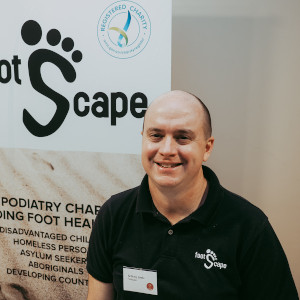
By Anthony Lewis
CEO, Footscape
Comical insights

By Steph Cooper
In this month’s column, I will introduce you to the business model canvas (BMC), a simple, one-page document to help you identify the necessary business levers that can turn your idea into a success.
Developed by Alexander Osterwalder around 2008, the BMC is used by startups and established businesses worldwide to help define activities that can make their business a success.
There are nine building blocks:
1. Key partners
Who will help you develop or manufacture your product? Is there a business partner who will be critical to help you distribute the product?
2. Key activities
What things do you need to do to deliver on your products value proposition?
3. Key resources
Is there something essential for your product? Intellectual property? Brand? Human resources? Financial?
4. Value proposition
What value do podiatrists or patients get from your product? What needs are you satisfying?
5. Customer relationships
What kind of relationships customers expect you to have with them? Automated or personal?
6. Channels
How will you reach your customers? Through social media? What about after-sales?
7. Customer segments
For whom are you creating value? Podiatrists? Patients? Physiotherapists? Think niche before mass-market!
8. Cost structure
What are the most important costs inherent with the business model? Manufacturing? Rent? Salaries?
9. Revenue structure
What are customers willing to pay? Subscription model? Or upfront costs?
So, if you have an idea, what should you do with the BMC? Head to the link here and see if you can fill every box with a good answer. Try to avoid your own confirmation bias or taking the easy way out; be realistic!
Unfortunately, I see too many brilliant product businesses fail because they don’t think about execution. Make sure you begin to think about the underlying business model as soon as you can, so you can execute brilliantly.
You can contact Ben via ben@solushin.com or on LinkedIn.
- 330 Words
- 3 minutes reading time
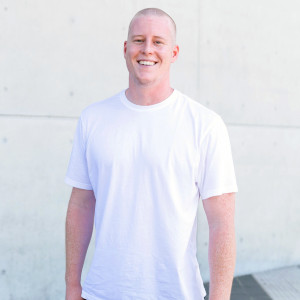
By Ben Lindsay
Podiatrist, software developer, technologist and futurist
We need more footwear (but not just any old footwear!)
- 420 Words
- 4 minutes reading time
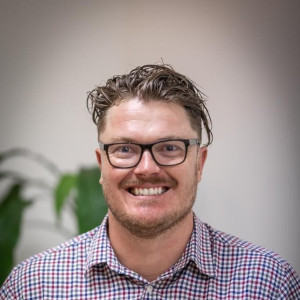
By Andrew Barlow
Founding member, QLD Orthotics and Podiatry
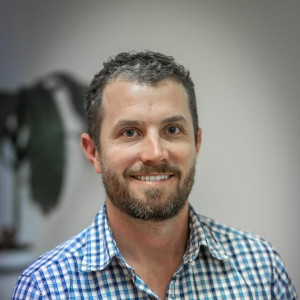
By Tom Brough
Founding member, QLD Orthotics and Podiatry
Q: How do you explain the positive impact of footwear on people who experience homelessness?
A: Lack of footwear or quality footwear leads people to be more susceptible to a range of foot conditions or injuries, such as insect bites or various trauma. We start with what we all know, which is that hygiene is important for a healthy body. Logic follows that the ability to collect a range of footwear helps us to fit the shoe to the right person and improve the musculoskeletal conditions for those who rely on their feet to access services, transport and food.
Q: Where do you get most of your footwear from?
A: Mostly from donations from patients and podiatrists that have bin collections. We also get them from footwear companies, such as The Athlete’s Foot and Injinji, who offer us return samples and sample runs and also donate socks.
Q: How can the community get involved with the initiative?
A: Depending on where they’re located, we hope to extend this volunteer network into other states post-COVID. On a volunteer basis people can incorporate our ideas and use their own networks to expand on our ideas, which can help their own communities.
The larger community can donate their shoes and learn from health care professionals to be more mindful of the issues that benefit donations. For example, donating a few months earlier than they normally would if they are more aware of the cause. This helps the shoe to present in better condition.
Finally, resources can come from the health care professional community to help educate our clients and footwear providers on reusing shoes and creating a distribution network to get them onto the feet of those who experience homelessness.
Q: What sizes are currently sought after?
A: We’re seeking men’s sizes 9 to 13 in running shoes from neutral to support 4E width. Also, women’s sizes between 7.5 to 9, and up to 2E in neutral to support shoes.
Lastly, work-specific fittings are important to help people return to the workforce. So we are always seeking hospitality, steel capped and other work specific shoes.
Q: Is there a particular type of shoe that is more beneficial?
A: Typically, a running shoe or walking shoe that is specific for conditions that can benefit the recipient who may have the same challenges in their feet or lower limbs.
Probation periods & performance management
Probation periods can cause confusion amongst employers and employees alike. Joseph McHardy helps to clear up some of the issues.

